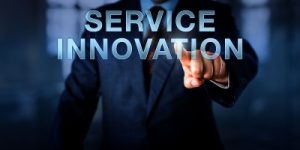
While the feared "silver tsunami" of retirements never really transpired, the government workforce is worryingly aging. More than 70% of the federal workforce is age 40 or older. In the general workforce, only 54% are 40 or older. This skewed population is not only worrisome in terms of retirements interrupting continuity, but also introduces a huge risk in terms of diversity. Younger workers may lack experience, but they bring with them a perspective that is critical in designing services and solutions that meet the needs of citizens under 40. Younger workers may also have more up-to-date training in leading-edge technologies currently being deployed across government.
The public service call of government is a huge plus for younger workers who want a job where they can make a difference and find meaning. However, the outdated, lengthy hiring process and pay scales keep many from applying. These and other recognized barriers are being addressed across government to inject youth into the federal service workforce. Continue reading








